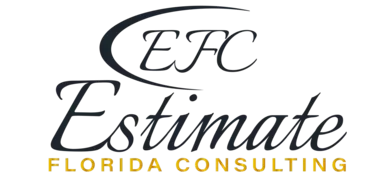Commercial Building Code Compliance Estimate
Ensuring that a commercial building meets code compliance is a critical part of maintaining safety and operational standards. The total estimated cost for achieving code compliance typically ranges from $103,597 to $251,641. This range accounts for various factors including necessary updates to meet local building codes, safety regulations, and any required modifications or improvements. The final cost can vary depending on the building’s current condition, the extent of the required changes, and specific local compliance requirements. Understanding these potential costs can help you plan and budget effectively, ensuring that your building meets all regulatory standards while avoiding unexpected expenses.
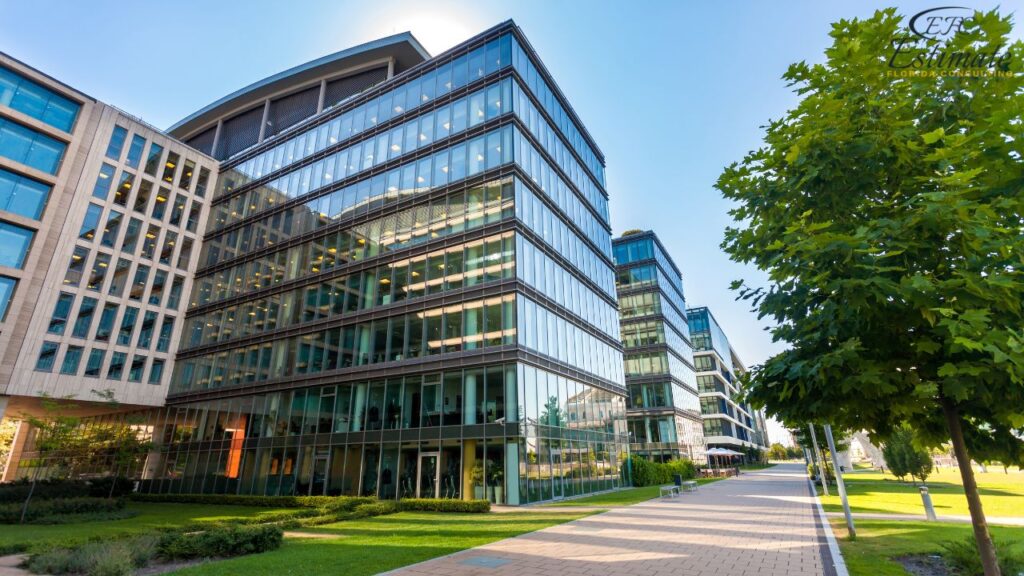
Understanding Commercial Building Code Compliance
Commercial building codes are sets of regulations that establish minimum standards for the design, construction, maintenance, and operation of commercial structures. These codes cover a wide range of requirements, including structural integrity, fire safety, electrical and plumbing systems, mechanical systems, energy efficiency, and accessibility. Compliance is mandatory and ensures that buildings provide a safe environment for occupants and meet community standards for health and sustainability.
Building codes are usually enforced by local governments, but they are often based on national or international standards, such as the International Building Code (IBC), the National Fire Protection Association (NFPA) codes, and the Americans with Disabilities Act (ADA) requirements. Failing to comply with these codes can result in severe consequences, including fines, legal liabilities, increased insurance costs, or the revocation of occupancy permits. Therefore, understanding and adhering to these regulations is crucial for any commercial property owner.
Key Factors Influencing Code Compliance Costs
Size and Age of the Building
The size and age of the building significantly impact the scope and cost of achieving compliance. Older buildings may require more extensive upgrades to meet current codes, while larger buildings often involve more systems and components to inspect and modify. The complexity of a building’s layout, including the number of floors and unique architectural features, can also affect costs. Larger and older buildings may have outdated infrastructure that requires more comprehensive assessments and interventions, increasing both material and labor costs.
Cost Breakdown: Building Size
Building Size (Sq Ft) | Estimated Cost Range |
5,000 | $50,700 – $67,600 |
10,000 | $84,500 – $118,300 |
20,000 | $135,200 – $169,000 |
The costs associated with bringing a building into compliance can vary widely based on its size and existing condition. Larger buildings may benefit from economies of scale, but they also require more materials and labor, leading to higher overall costs.
Type of Required Upgrades
The type of upgrades needed to achieve compliance will vary depending on the building’s current state and local regulations. Common upgrades include structural reinforcements, fire safety installations, and system overhauls. Each type of upgrade addresses specific compliance areas and can involve different levels of complexity and expense. For example, electrical upgrades might require rewiring the entire building, while fire safety improvements could involve installing advanced detection and suppression systems. Identifying the most critical upgrades is essential for prioritizing resources and ensuring that the building meets all necessary standards.
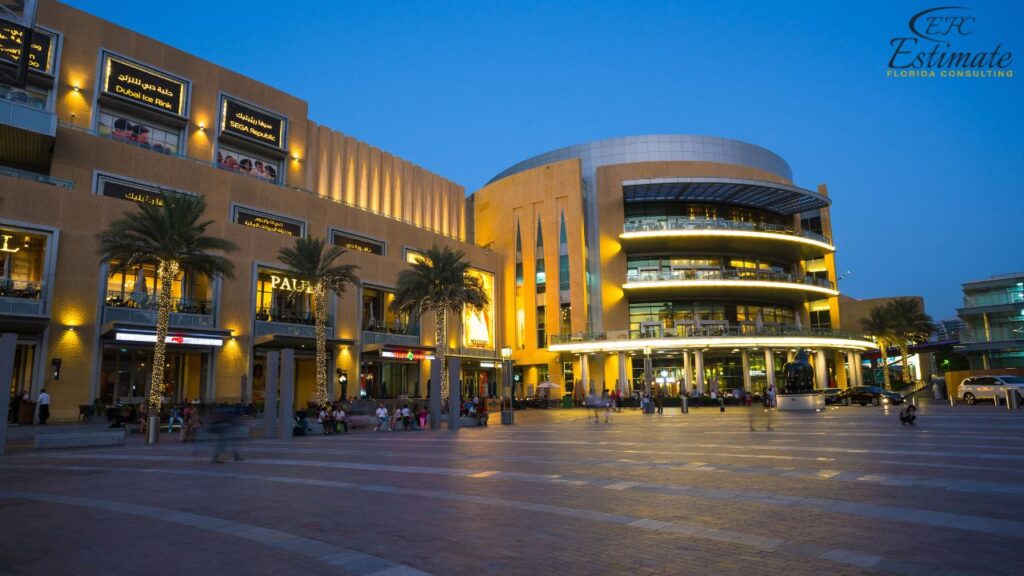
Cost Breakdown: Upgrade Types
Upgrade Type | Estimated Cost Range |
Structural Modifications | $16,900 – $33,800 |
Fire Safety Systems | $11,830 – $20,280 |
Electrical Upgrades | $16,900 – $25,350 |
Plumbing Upgrades | $8,450 – $16,900 |
Accessibility Improvements | $10,140 – $16,900 |
These estimates reflect the wide range of potential costs associated with different compliance needs. Each building’s unique requirements will influence the final cost, so thorough assessments are necessary to develop accurate estimates.
Get Acquainted with Commercial Building
Labor Costs
Labor costs can vary widely depending on the complexity of the work and the expertise required. Hiring experienced professionals ensures quality work and adherence to codes, reducing the risk of future compliance issues. Skilled labor is critical for complex projects, such as structural modifications or comprehensive system overhauls, where precision and expertise are required. Labor costs can also be affected by the availability of local contractors and the demand for specialized services. Investing in qualified professionals can prevent costly mistakes and ensure that all work meets the highest standards.
Cost Breakdown: Labor
Task | Estimated Cost Range (per Hour) |
Inspection and Assessment | $101 – $203 |
General Contracting | $85 – $169 |
Specialty Contractors | $101 – $203 |
Labor costs are a significant component of the overall compliance budget, reflecting the complexity and expertise required for successful completion. Engaging skilled professionals can help ensure timely and efficient project execution, minimizing disruptions and maximizing quality.
Additional Considerations for Code Compliance
Inspections and Assessments
Before undertaking compliance upgrades, thorough inspections and assessments are necessary to identify areas of non-compliance and prioritize upgrades. Professional inspections can also help uncover hidden issues that may affect compliance. These assessments provide a comprehensive overview of the building’s current condition, highlighting potential risks and opportunities for improvement. Detailed inspection reports guide the decision-making process, allowing property owners to allocate resources effectively and address the most pressing compliance needs first.
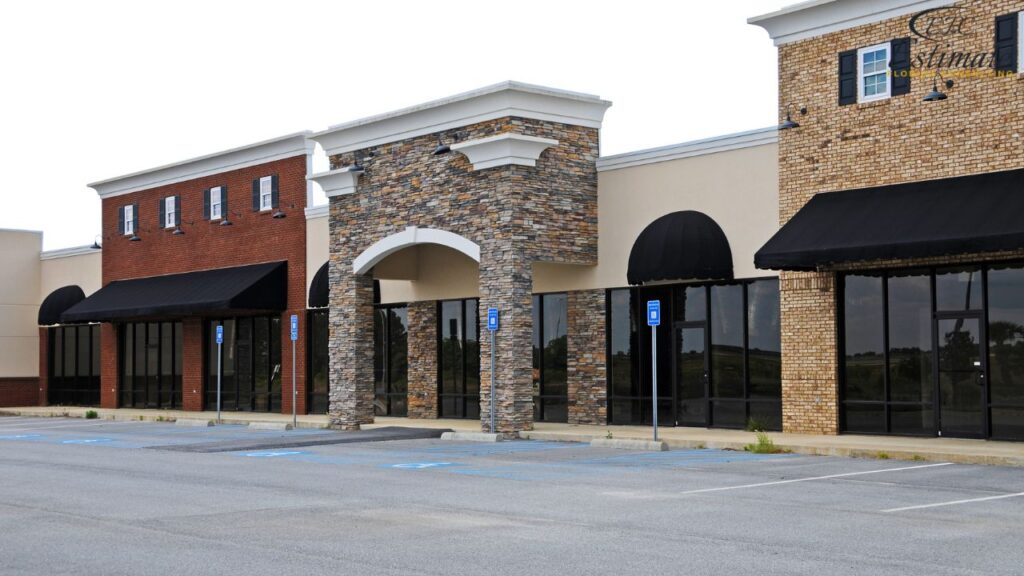
Inspection Type | Estimated Cost Range |
Structural Inspection | $845 – $1,690 |
Electrical Inspection | $507 – $1,014 |
Fire Safety Assessment | $676 – $1,352 |
The costs of inspections vary based on the building’s size and complexity, as well as the depth of analysis required. Investing in thorough inspections can prevent costly oversights and ensure a comprehensive understanding of the building’s compliance status.
Permitting and Regulatory Costs
Obtaining the necessary permits and ensuring regulatory compliance can involve additional costs. These fees are essential to legally complete upgrades and modifications. Permits verify that proposed changes meet all applicable standards, reducing the risk of fines or legal issues. Compliance with local regulations also ensures that the building remains eligible for insurance coverage and financing options. Understanding the permitting process and associated costs is crucial for project planning and budgeting.
Permit Type | Estimated Cost Range |
Building Permit | $507 – $1,690 |
Environmental Compliance | $845 – $2,535 |
Permitting costs can vary based on the jurisdiction and the complexity of the project. It’s important to factor these expenses into the overall budget to avoid unexpected delays or additional fees.
Unexpected Challenges
Unexpected challenges, such as discovering hidden structural damage or encountering outdated systems, can increase costs. It’s wise to budget an additional 10-15% to cover unforeseen expenses and ensure the project remains on track. Unanticipated issues can arise during the renovation process, necessitating adjustments to the original plan. Being prepared for these challenges helps minimize disruptions and ensures that the project can proceed smoothly, maintaining momentum and quality throughout the process.
Common Areas of Non-Compliance and Potential Costs
Understanding common areas of non-compliance can help property owners anticipate potential challenges and scope the necessary work to bring their buildings up to standard. Compliance issues can arise in many areas, each with its unique set of challenges and solutions. Here, we explore some of the most frequently encountered compliance issues in commercial buildings:
Fire Safety Systems
Fire safety is one of the most critical aspects of building code compliance and often one of the most stringent areas of regulation. Common deficiencies in fire safety systems include the absence of sprinkler systems, inadequate or outdated fire alarms, missing or insufficient fire extinguishers, and poorly planned or maintained emergency egress routes. In many older buildings, fire safety features may not meet current standards, requiring significant upgrades to protect occupants and comply with modern codes. Bringing fire safety systems up to code may involve installing new sprinkler systems, upgrading alarm systems to provide both visual and audible alerts, adding or replacing fire extinguishers, and reconfiguring exit routes to ensure clear and accessible pathways.
Electrical Systems
Electrical systems are a critical component of building safety and functionality, and non-compliance in this area poses significant risks, including fire hazards, power inefficiencies, and potential injury to occupants. Common electrical compliance issues include outdated wiring, insufficient circuit capacity, non-compliant electrical panels, and inadequate safety features such as ground fault circuit interrupters (GFCIs). Upgrading electrical systems to meet current codes often involves extensive rewiring, replacing or upgrading electrical panels, adding circuit breakers, and installing modern fixtures that meet efficiency and safety standards. For older buildings, these upgrades can be particularly challenging, as outdated infrastructure may not easily accommodate modern electrical loads or configurations.
Accessibility Requirements
Ensuring accessibility in commercial buildings is not only a legal requirement but also a critical aspect of creating inclusive spaces that serve all members of the community, including individuals with disabilities. Compliance with accessibility codes, such as those outlined in the Americans with Disabilities Act (ADA), often necessitates modifications to entrances, restrooms, signage, and other building features. Common upgrades include installing ramps or lifts to replace stairs, widening doorways to accommodate wheelchairs, lowering countertops, and adding accessible restroom fixtures, such as grab bars and roll-in showers.
Structural Integrity
Structural compliance involves ensuring that a building can safely withstand various environmental stresses, including wind, snow loads, and seismic activity, as well as the everyday loads imposed by occupants and equipment. Common structural compliance issues include inadequate reinforcement of beams and columns, deteriorating or outdated materials, insufficient foundations, and designs that do not account for current load requirements. Addressing these issues may involve reinforcing existing structural elements, such as adding steel supports or using carbon fiber wraps, upgrading foundation supports to better distribute loads, or replacing deteriorated components with modern materials that offer improved strength and durability.
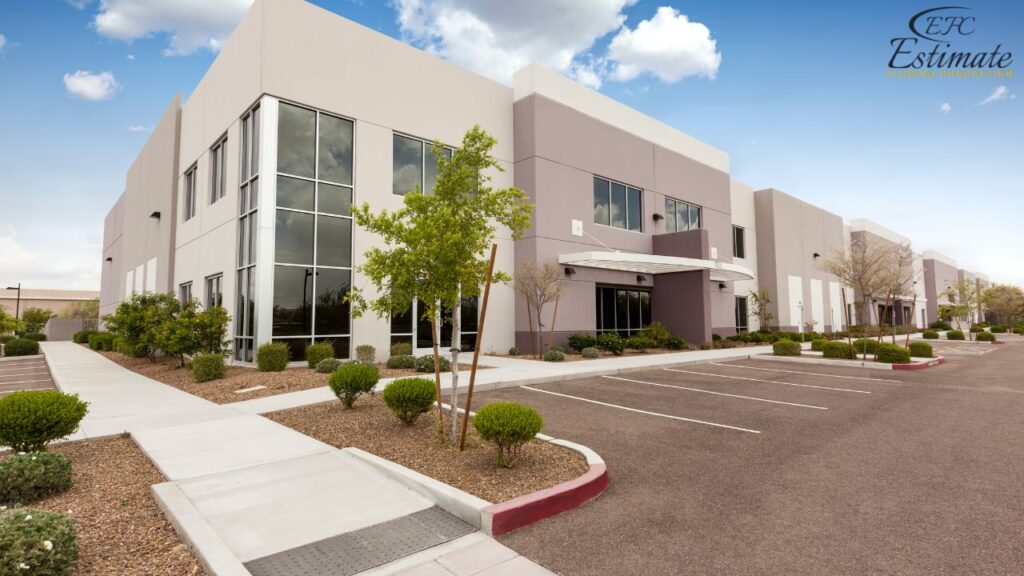
Plumbing and Mechanical Systems
Non-compliance in plumbing and mechanical systems can lead to significant health hazards, operational inefficiencies, and discomfort for building occupants. Plumbing issues commonly involve outdated pipes that do not meet modern health standards, inadequate water pressure, poor drainage, and non-compliant fixtures that waste water or fail to provide adequate flow. Upgrading these systems often requires replacing old pipes with new materials, such as PVC or copper, installing new water-efficient fixtures, and ensuring that all drainage systems are properly vented and connected. Mechanical system compliance, particularly with HVAC (heating, ventilation, and air conditioning) standards, is also essential for maintaining air quality and occupant comfort.
Choosing the Right Contractor for Code Compliance
Evaluating Experience and Expertise
Selecting the right contractor is crucial for successful code compliance upgrades. Look for contractors with extensive experience in commercial building renovations and positive customer reviews. Verify their licensing and certifications to ensure they meet industry standards. Experienced contractors can provide valuable insights and recommendations, helping you make informed decisions about necessary upgrades and compliance strategies. By working with knowledgeable professionals, property owners can ensure that all work is completed efficiently and to the highest quality standards.
Requesting Detailed Quotes
Obtain detailed quotes from multiple contractors to compare prices and services. Ensure the quotes include all aspects of the project, from initial inspections and assessments to final upgrades and compliance checks. A comprehensive quote should also outline potential contingencies and additional costs. By comparing quotes, you can assess the value and quality of services offered, ensuring you choose a contractor who aligns with your budget and expectations. Thorough quotes help prevent misunderstandings and provide clarity on project scope and responsibilities.
Download Template For Commercial Building Project Breakdown
- Materials list updated to the zip code
- Fast delivery
- Data base of general contractors and sub-contractors
- Local estimators
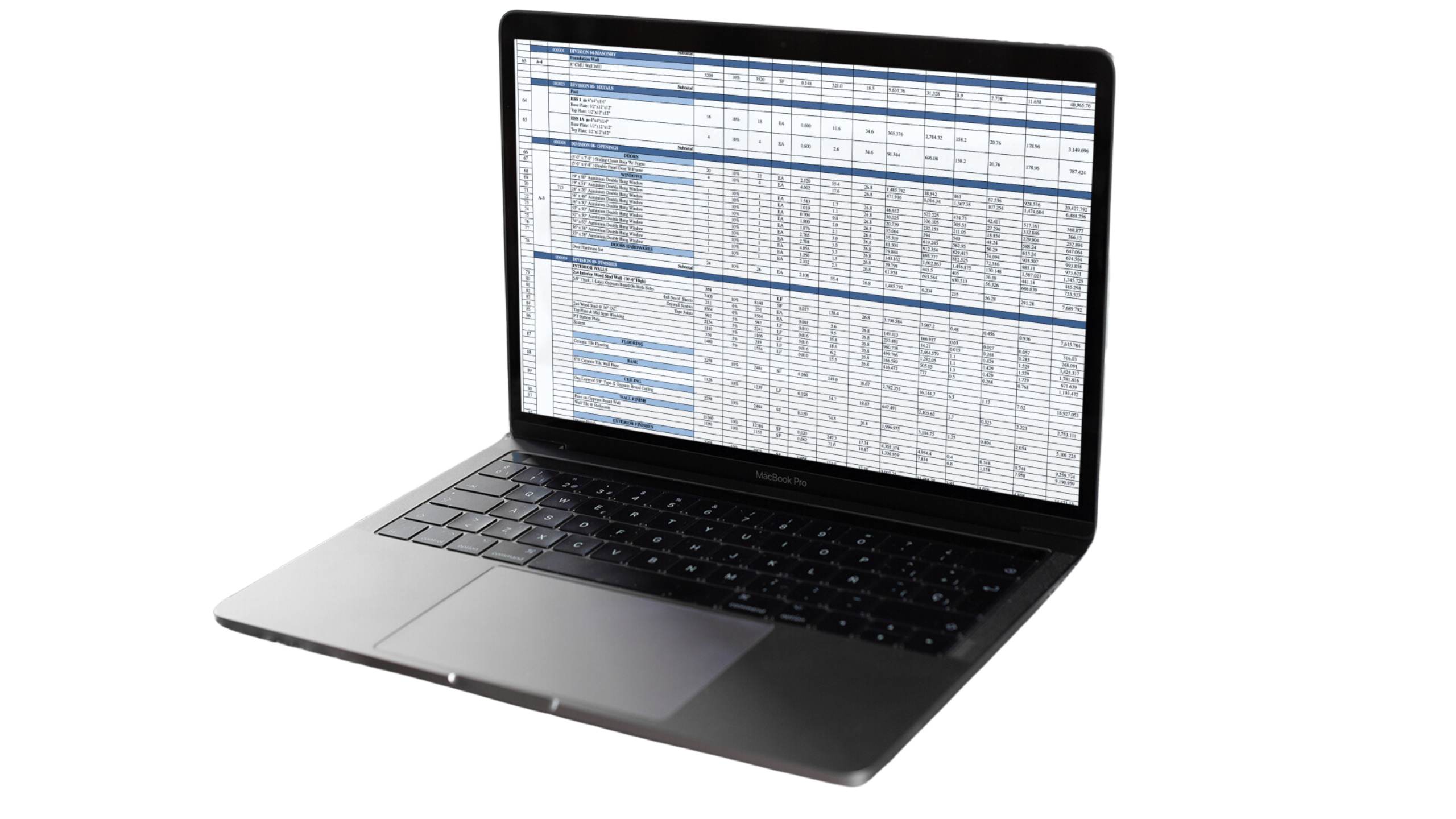
Additional Tips for Successful Code Compliance
Prioritize Safety and Efficiency
When planning upgrades, prioritize improvements that enhance safety and energy efficiency. Implementing modern systems and eco-friendly solutions can reduce long-term operational costs and improve the building’s value. Safety enhancements such as fire suppression systems and structural reinforcements protect occupants and assets, while energy-efficient technologies like LED lighting and smart HVAC systems contribute to cost savings and environmental sustainability. By focusing on these areas, property owners can achieve compliance while also enhancing the building’s overall performance and appeal.
Budget for Unexpected Challenges
Unexpected challenges, such as hidden structural damage or outdated systems, can increase costs. It’s wise to budget an extra 10-15% to cover unforeseen expenses. By preparing for potential surprises, you can avoid project delays and ensure that any issues are addressed promptly and efficiently. Having a contingency fund allows for flexibility in addressing unexpected developments without compromising the project’s progress or quality. Regular communication with contractors and stakeholders can also help identify and resolve challenges early in the process.
Explore Incentives and Grants
Research available incentives and grants for compliance-related upgrades. Some local governments and organizations offer financial assistance or tax incentives for projects that enhance safety, accessibility, or energy efficiency. Taking advantage of these opportunities can reduce upfront costs and make compliance projects more financially viable. Additionally, exploring partnerships with energy companies or environmental organizations may provide access to resources and expertise that support sustainable building practices. Leveraging these incentives not only helps offset costs but also reinforces a commitment to responsible and forward-thinking property management.
Common Areas Requiring Compliance
- Structural Safety: Ensuring the building’s structural elements are sound and capable of withstanding environmental stresses such as wind, earthquakes, and heavy loads. Structural upgrades may involve reinforcing beams, repairing foundations, or replacing aging materials.
- Fire Safety: Installing fire alarms, sprinklers, and emergency exits to ensure the building is prepared for emergencies. Fire safety compliance reduces the risk of damage and protects lives by providing clear evacuation routes and early warning systems.
- Electrical and Plumbing Systems: Upgrading systems to meet safety and efficiency standards. This includes modernizing outdated wiring and plumbing to prevent hazards and improve performance.
- Accessibility: Making the building accessible to individuals with disabilities, following ADA regulations. Compliance may involve installing ramps, modifying entrances, and ensuring restrooms are accessible to all users.
Benefits of Proactive Code Compliance
While the costs associated with achieving and maintaining code compliance can be significant, addressing these issues proactively offers numerous advantages that far outweigh the initial investment. Proactive compliance not only safeguards the well-being of building occupants but also enhances the overall value and operational efficiency of the property. Below, we delve into the key benefits of proactive code compliance:
Enhanced Safety
One of the most critical benefits of proactive code compliance is the enhanced safety it provides for building occupants. Compliance with building codes ensures that the structure meets established standards for fire safety, structural integrity, electrical systems, and accessibility, among other factors. This significantly reduces the risk of accidents, injuries, and fatalities that could occur due to unsafe conditions. For example, ensuring that fire safety systems are up to date and fully operational can prevent the rapid spread of fire and facilitate safe evacuation during emergencies.
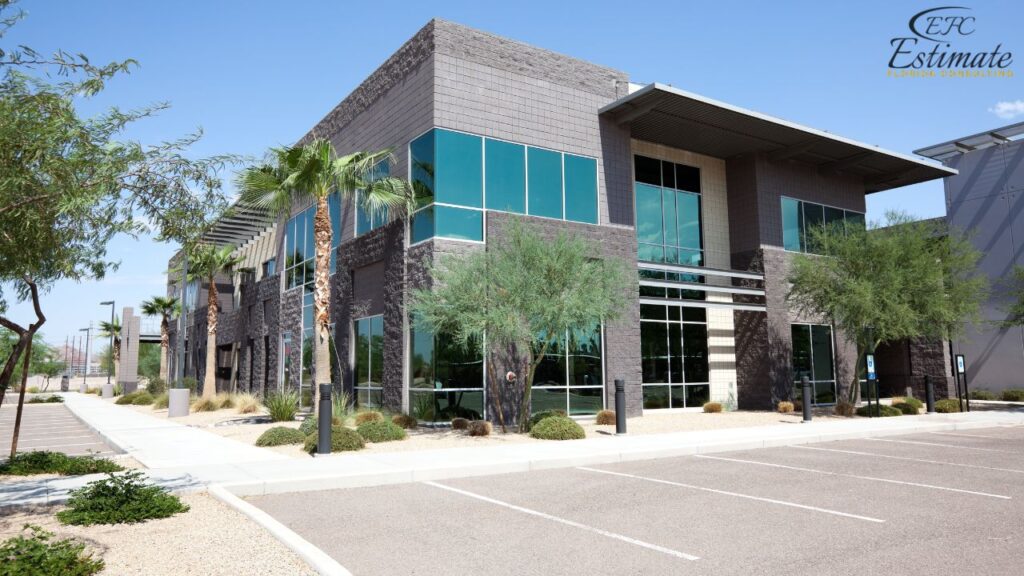
Similarly, adhering to electrical codes reduces the risk of electrical fires and shocks, while compliance with structural requirements ensures that the building can withstand environmental stresses, such as wind, snow, or seismic activity. By proactively addressing these safety concerns, property owners create a secure environment that protects not only the occupants but also the property itself, minimizing the risk of catastrophic damage and loss.
Legal and Financial Protection
Proactive code compliance also provides significant legal and financial protection for property owners. Non-compliance with building codes can result in hefty fines, legal actions, increased insurance premiums, and even the potential for the building to be condemned or deemed unfit for occupancy. In addition to the direct financial costs, non-compliance can lead to reputational damage, which can be particularly harmful for businesses that rely on public trust and confidence. By ensuring that all aspects of the building meet current codes, property owners can avoid these costly penalties and reduce their exposure to legal liabilities. Furthermore, many insurance companies offer lower premiums for buildings that are fully compliant with safety and structural codes, reflecting the reduced risk associated with these properties. Proactively addressing code compliance issues can therefore result in substantial long-term savings and protect owners from unforeseen financial burdens.
Increased Property Value
A compliant building is inherently more attractive to potential buyers, tenants, and investors, which can significantly enhance its market value. In the commercial real estate market, properties that meet all code requirements are often viewed as lower risk and require less immediate investment to address compliance issues, making them more desirable to prospective buyers. Additionally, tenants are more likely to lease space in buildings that are safe, accessible, and up to current standards, as these factors directly impact their business operations and the well-being of their employees and customers. By investing in proactive code compliance, property owners can enhance their building’s appeal, resulting in higher occupancy rates, increased rental income, and a stronger return on investment. Moreover, in competitive markets, a fully compliant property can differentiate itself as a preferred choice, providing an edge over older or non-compliant buildings.
Operational Continuity
Proactive code compliance also plays a crucial role in ensuring operational continuity. Buildings that fail to meet code requirements are at a higher risk of experiencing operational disruptions, such as forced closures due to safety violations, emergency repairs, or extended downtime for necessary upgrades. Such interruptions can be costly, not only in terms of direct repair expenses but also in lost revenue and productivity. For businesses that rely on continuous operation, such as retail stores, manufacturing facilities, or service providers, these disruptions can be particularly damaging. By proactively addressing code compliance issues, property owners can reduce the likelihood of unexpected shutdowns and maintain smooth, uninterrupted operations. This not only enhances the reliability and efficiency of the building but also fosters a stable environment for businesses and tenants, contributing to long-term success and satisfaction.
Get 5 New Leads Next 7 Days With Our System
- Multi-Family House
- Single-Faimly House
- Modern House
- Duplex
- Ranch House
- Bungalow
Conclusion
Ensuring a commercial building complies with all applicable codes involves various factors that influence the overall cost, including building size, upgrade requirements, and labor expenses. By understanding these components and working with experienced professionals, property owners can ensure a successful project that enhances safety, efficiency, and functionality. Careful planning and budgeting will help prevent unexpected costs and ensure a modern, reliable building that meets current and future demands. Whether you’re upgrading for safety, accessibility, or efficiency, investing in code compliance is a wise choice that can benefit your property for years to come. Compliance not only protects your investment but also enhances your reputation as a responsible and proactive property owner, positioning your building as a desirable and competitive asset in the market.
FAQs
The total estimated cost for achieving code compliance typically ranges from $103,597 to $251,641. This range accounts for various factors, including necessary updates to meet local building codes, safety regulations, and required modifications or improvements.
The final cost can vary depending on the building’s current condition, the extent of required changes, and specific local compliance requirements. Understanding these potential costs can help you plan and budget effectively.
The size and age of the building significantly impact the scope and cost of achieving compliance. Older buildings may require more extensive upgrades to meet current codes, while larger buildings often involve more systems and components to inspect and modify.
Here’s a breakdown of estimated costs based on building size:
- 5,000 Sq Ft: $50,700 – $67,600
- 10,000 Sq Ft: $84,500 – $118,300
- 20,000 Sq Ft: $135,200 – $169,000
Common upgrades include structural reinforcements, fire safety installations, and system overhauls. Each type of upgrade addresses specific compliance areas and can involve different levels of complexity and expense.
Here’s a breakdown of estimated costs for various upgrades:
- Structural Modifications: $16,900 – $33,800
- Fire Safety Systems: $11,830 – $20,280
- Electrical Upgrades: $16,900 – $25,350
- Plumbing Upgrades: $8,450 – $16,900
- Accessibility Improvements: $10,140 – $16,900
Labor costs can vary widely depending on the complexity of the work and the expertise required. Skilled labor is critical for complex projects, such as structural modifications or comprehensive system overhauls, where precision and expertise are required.
Here’s a breakdown of estimated labor costs per hour:
- Inspection and Assessment: $101 – $203
- General Contracting: $85 – $169
- Specialty Contractors: $101 – $203
Google Reviews



Process To Get Commercial Building Cost Estimate Report
Here I am going to share some steps to get commercial building cost estimate report.
-
You need to send your plan to us.
You can send us your plan on info@estimatorflorida.com
-
You receive a quote for your project.
Before starting your project, we send you a quote for your service. That quote will have detailed information about your project. Here you will get information about the size, difficulty, complexity and bid date when determining pricing.
-
Get Estimate Report
Our team will takeoff and estimate your project. When we deliver you’ll receive a PDF and an Excel file of your estimate. We can also offer construction lead generation services for the jobs you’d like to pursue further.

